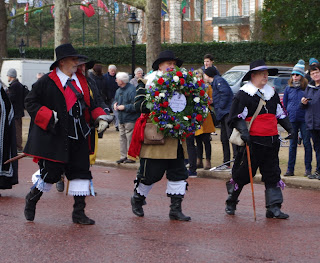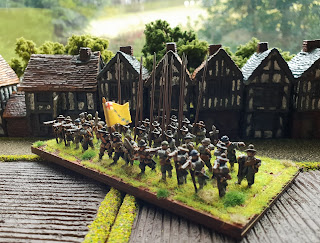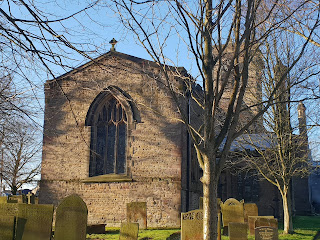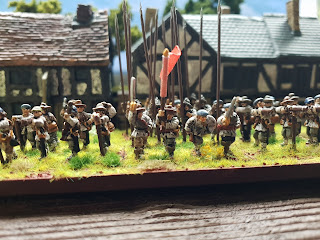The Execution of Charles I

The great and good of the ECWS solemnly carry their wreath. Charles was beheaded on Tuesday, 30 th January 1649. This year was the 370 th anniversary of the regicide. Charles had spent time with two of his children, Henry and Elizabeth,on the 29 th ; and, had been allowed to walk his dog one last time in St James’s Park on the morning of his execution. He had a last meal of bread and wine, then walked from St James’s Palace, where he had been held captive, to the Palace of Whitehall. An execution scaffold had been erected outside the Banqueting House. Famously, he had asked for two shirts to wear, as he did not want anyone to mistake his shivering for fear. At 2pm, he placed his head on the executioner’s block and bade him make a clean strike. He signalled to the executioner his readiness by putting out his hands. So, I hear you wonder, have I suddenly become a monarchist lamenting the execution of King Charles? Not for one minute, it does give me the excuse...








